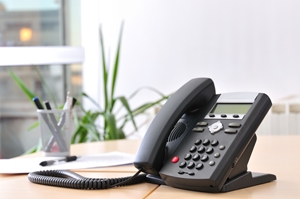|
Looking back on how technology has advanced and revolutionized the way people do work, it now feels like eons ago that businesses organized their offices the old-fashioned way.
Once upon a time, companies had a very straightforward approach of giving each employee his or her own office space, desk, computer and other required work supplies. Times have changed, however, and this simplified strategy may no longer be the best one. Workers are more mobile now than ever. Evolving technologies have made this possible – perhaps in a previous era, employees needed to be in the office to access all of their important files, but that’s no longer necessary. Today’s workforce is storing information online and accessing it remotely. They’re using laptops, tablets and smartphones. They’re checking in from work, home and the road. That being the case, the office isn’t necessarily jam-packed the way it used to be. Facilities departments therefore need to rethink their approach to space management. Three strategies have risen to prominence in the last few years thanks to this rise in mobility – hoteling, hotdesking and flex space. All three are helping companies organize their workforce in a more sensible manner that fits with the changing times. Hoteling According to Facility Innovations, it’s important that companies plan for peak demand, not just average levels. The same way an airline doesn’t necessarily expect to sell every seat, it still uses a big plane, and while a car rental company might not expect to rent out every car, they still keep vehicles on the lot just in case. Companies should have plenty of space available, just on the off chance that a large number of employees comes in one morning, ready to work. Hotdesking According to Inc. magazine, facilities overseers at a lot of the hottest startups in America today are adopting this approach. Maja Henderson, office manager at Square in San Francisco, is one of them. “We have a completely open floor plan,” Henderson said. “It creates this really open, comfortable environment where people can just walk up and engage one another in a way that wouldn’t happen with a typical office. There are so many environments that the day ends up flying because you’re constantly moving.” Flex space Companies are moving away from their reliance on conventional desks, according to Workforce magazine. A recent survey from Citrix has suggested that by 2020, the average workplace will only have seven desks for every 10 office workers. That’s the reality we’re moving toward – workers aren’t using their offices the same way they used to. Companies and their facilities managers need to plan accordingly. [blog_cta id=’8a688b78-0756-4050-9281-1ca804d85f41′] |
|

